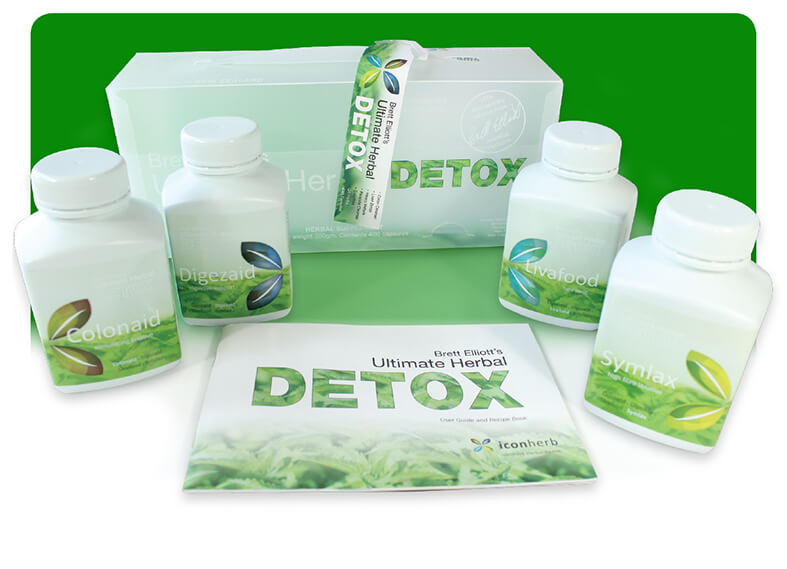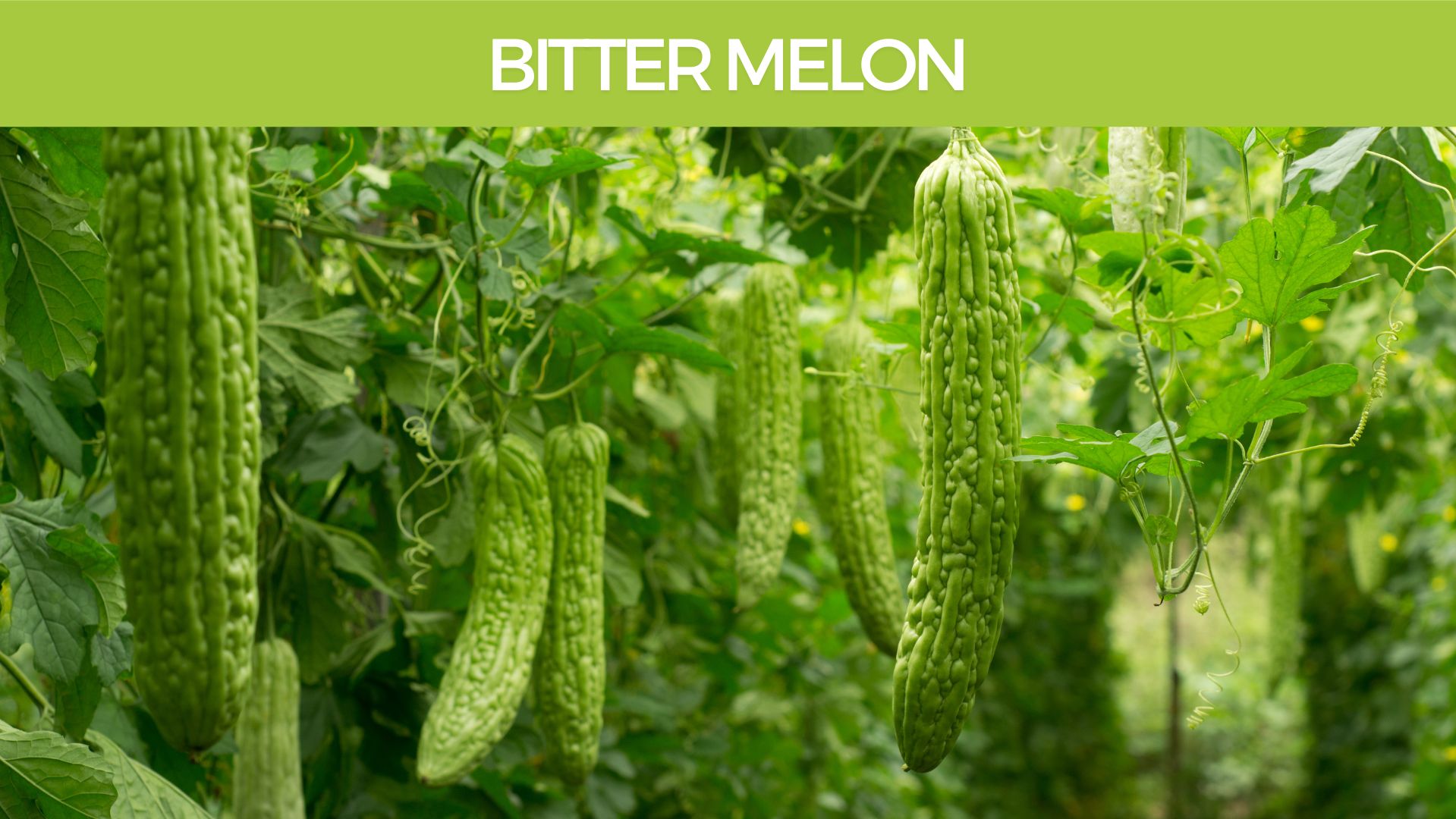- 2 years ago
- 13Minutes
- 2683Words
- 1305Views
“It is my view that the vegetarian manner of living, by its purely physical effect on the human temperament, would most beneficially influence a lot of mankind.”
― Albert Einstein
Considering a vegetarian diet or simply lowering your meat intake?
Read on and you might be pleasantly surprised.
(1) Mother Nature Network “9 superstar athletes who don’t eat meat” http://www.mnn.com/food/healthy-eating/photos/9-superstar-athletes-who-dont-eat-meat/fueled-by-vegetables
(2) Olympic vegetarians: the elite athletes who shun meat. The Guardian http://www.theguardian.com/lifeandstyle/wordofmouth/2012/jul/30/lizzie-armitstead-vegetarian-athletes-olympics-2012
(3) No Meat Athlete http://www.nomeatathlete.com/vegetarian-protein/
(4) Protein Combining. Wikipedia https://en.wikipedia.org/wiki/Protein_combining
(5) Protein metabolism, Elmhurst College. http://chemistry.elmhurst.edu/vchembook/630proteinmet.html
(6) Nutritional Update for Physicians: Plant-Based Diets. PubMed http://www.ncbi.nlm.nih.gov/pmc/articles/PMC3662288/
(7) Plant Foods Have a Complete Amino Acid Composition. http://circ.ahajournals.org/content/105/25/e197.full
A Conspectus of Research on Protein Requirements of Man http://jn.nutrition.org/content/101/3/385.full.pdf+html
(8) Vegetarian diets and glycemic control in diabetes: a systematic review and meta-analysis. PUBMED https://www.ncbi.nlm.nih.gov/pmc/articles/PMC4221319/
(9) Vegetarian and vegan diets in type 2 diabetes management. PUBMED https://www.ncbi.nlm.nih.gov/pubmed/19386029
(10) Diet, nutrition and the prevention of chronic diseases. Report of the joint WHO/FAO expert consultation. http://www.who.int/dietphysicalactivity/publications/trs916/summary/en/
(11) Does low meat consumption increase life expectancy in humans? PUBMED https://www.ncbi.nlm.nih.gov/pubmed/12936945
(12) Vegetarian Diets Linked to Lower Mortality. NIH https://www.nih.gov/news-events/nih-research-matters/vegetarian-diets-linked-lower-mortality
(13) Reduced cancer risk in vegetarians: an analysis of recent reports. PUBMED https://www.ncbi.nlm.nih.gov/pmc/articles/PMC3048091/
Other Sources:
- Food and Agriculture Organization of the United Nations (FAO) http://www.fao.org/home/en/
- World Health Organization (WHO)
- United Nations University (UNU)
- United States Department of Agriculture (USDA) Nutritional Database
- Centers for Disease Control and Prevention (CDC)
- American Dietetic Association and Dietitians of Canada
- American Journal of Clinical Nutrition
If you’re interested in how this might affect your health then read on.
Research shows that plant-based diets are cost-effective, low-risk interventions that may lower body mass index (BMI), lower blood pressure and cholesterol levels. They may also reduce the number of medications needed to treat chronic diseases and lower ischemic heart disease mortality rates. Physicians should consider recommending a plant-based diet to all their patients, especially those with high blood pressure, diabetes, cardiovascular disease, or obesity. (6)
Vegetarians are also likely to exhibit a number of other positive factors ie; avoidance of cigarettes and alcohol, higher levels of physical activity, higher socioeconomic status, greater awareness of personal health. (11)
In other words, going vegetarian could stem the tide of the worlds biggest health epidemic “Metabolic Syndrome” and help you live a longer, stronger and healthier life.
‘Must watch’ video
Life Expectancy
Current data from studies of adults raise the possibility that a lifestyle pattern that includes a very low meat intake is associated with greater longevity. The findings from one cohort of healthy adults raise the possibility that long-term (≥ 2 decades) adherence to a vegetarian diet can produce a significant 3.6-year increase in life expectancy.
Because meat products represent a major source of protein in the Western diet, investigating whether meat intake significantly contributes to the burden of fatal disease has important clinical and public health implications. (11)
Over about 6 years, there were 2,570 deaths among the participants. The researchers found that vegetarians (those with vegan, and lacto-ovo-, pesco-, and semi-vegetarian diets) were 12% less likely to die from all causes combined compared to non-vegetarians. The death rates for subgroups of vegans, lacto-ovo–vegetarians, and pesco-vegetarians were all significantly lower than those of non-vegetarians.
Those on a vegetarian diet tended to have a lower rate of death due to cardiovascular disease, diabetes, and renal disorders such as kidney failure. (12)
Vegetarian diets reduce cancer risk
Many observational studies show that vegetarian diets are at least modestly cancer protective (10%–12% reduction in overall cancer risk. A broad body of evidence links specific plant foods such as fruits and vegetables, plant constituents such as fiber, antioxidants and other phytochemicals, and achieving and maintaining a healthy weight to reduce the risk of cancer diagnosis and recurrence. (13)
Vegetarian Athletes
It’s still a common question: can vegetarians perform as well as their carnivorous counterparts in physical competition? Take a look at each of the top level vegetarian athletes below, and you should have your answer. (1)
- Martina Navratilova – She won 18 Grand Slam singles titles and 31 doubles title, a record she still holds today.
- Dave Scott – Holds the record for most Iron Man World Championship victories ever.
- Carl Lewis – Earned a total of 10 Olympic medals over his career, nine of them gold.
- Mike Tyson – While he’s no longer in the ring, he’s expressed that his vegan diet has made him feel powerful and explosively energetic.
- Bill Pearl – Body Builder. He proudly admits to being vegetarian for almost 35 years and states that he can still carry enough muscle mass to win another Mr. Universe title.
- Brad Pitt – Not a true athlete, but seems to be in pretty good shape!
- Lizzie Armitstead – She was just 10 years old when she told her parents she wanted to become a vegetarian. She won Great Britain’s first medal of the 2012 Olympic Games, taking silver in the grueling 87-mile road cycling race, no less. (2)
Lizzie says “I was brought up as a vegetarian from birth and have been a long distance runner for most of my adult life. One of the most common misconceptions I’ve come across is that vegetarians are pallid, gentle creatures who would recoil in a tough sporting arena. Despite the fact I was breaking school records on the track, people still questioned my diet’s ability to make me strong.” (2)
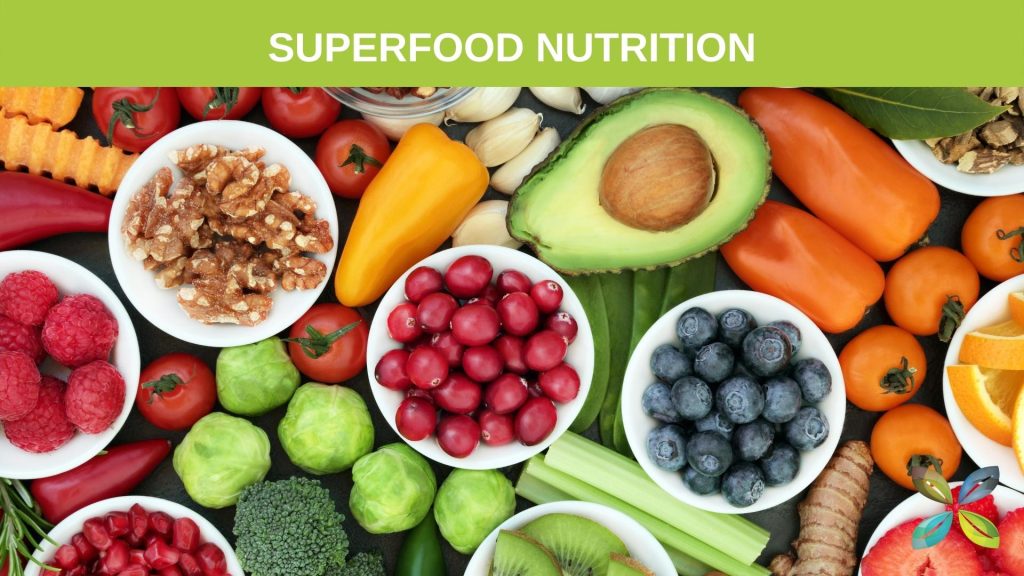
Vegetable SuperFood Nutrition
There’s no scientifically based or regulated definition for superfood, but generally, a food is promoted to superfood status when it offers high levels of desirable nutrients, is linked to the prevention of a disease, or is believed to offer several simultaneous health benefits beyond its nutritional value. Its inclusion in the Merriam-Webster Dictionary confirms its widespread use, which defines a superfood as “a food (such as salmon, broccoli, or blueberries) that is rich in compounds (such as antioxidants, fiber, or fatty acids) considered beneficial to a person’s health.” Interestingly, when lookup superfoods, the vast majority of them happen to be vegetables. These include dark leafy green vegetables, berries, herbal teas, legumes, nuts, and seeds, (be careful not to have too many nuts seeds, or legumes – Lectins), Herbs and spices (turmeric, ginger, garlic, cayenne) avocado, kumara, mushrooms, seaweeds, beetroot and many many more. This explains why vegetarians are generally happier and healthier than the rest of the population.Vegetarians and Type 2 Diabetes
Vegetarian (including vegan) diets have benefits for cardiovascular health, hypertension, body weight, and plasma lipids, and also provide nutritional advantages compared with omnivorous diets. The evidence presented in this particular study demonstrates that these diets also reduce HbA1c level which is a stronger predictor of subsequent diabetes and cardiovascular events than fasting blood sugar. These findings are consistent with those reported in a previous review of observational and clinical studies, namely that vegetarian diets improve glycemic control. (8)
Vegetarian and vegan diets offer significant benefits for diabetes management. In observational studies, individuals following vegetarian diets are about half as likely to develop diabetes, compared with non-vegetarians. (9)
Even the World Health Organization states “People should eat less high-calorie foods, especially foods high in saturated or trans fats and sugar, be physically active, prefer unsaturated fat and use less salt; enjoy fruits, vegetables and legumes; and select foods of plant and marine origin. This consumption pattern is not only healthier but more favorable to the environment and sustainable development.” (10)
The Complete Protein Myth
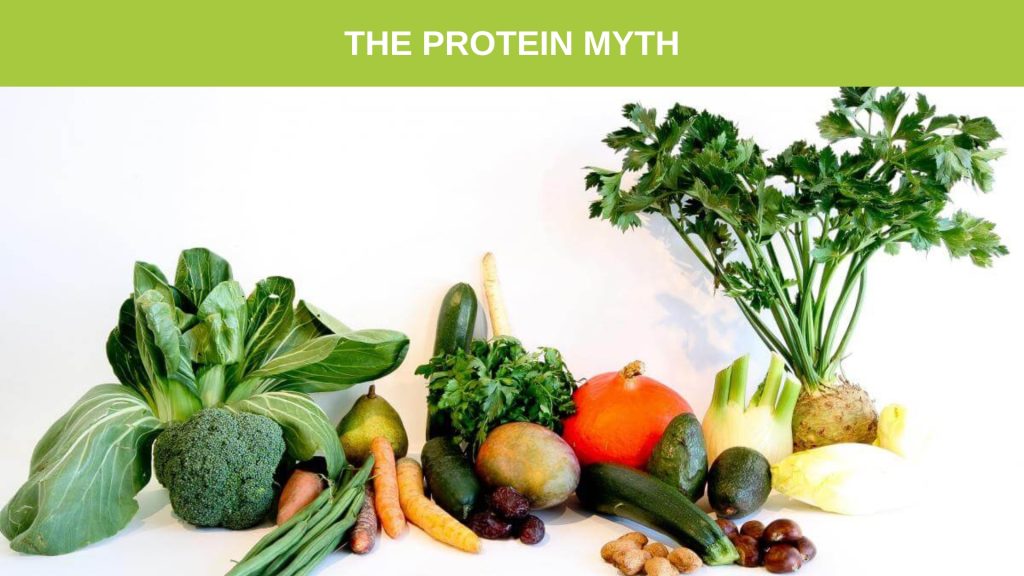
Recently in a local newspaper, I read an article written by a health practitioner who incorrectly advised the necessity for vegetarians and vegans to combine certain foods at the same meal in order to receive complete protein. I was rather surprised to see this, as this myth was disproved decades ago. It has prompted me to explain how far from the truth this misguided advice is.
The protein-combining fallacy abounds on the internet, so if you want to be totally confused, check there first! Clearly, you will also receive conflicting information from some doctors and natural health practitioners alike, despite the research (and common sense) that proves otherwise. The protein combining theory was published in 1971 in the book ‘Diet for a Small Planet’ by Frances Moore- Lappé. She later recanted her theory, admitting it was incorrect. She did so three decades ago, but still, the myth persists in the minds of many, and people repeat it in ignorance without checking their facts first. (4) So who are you to believe? It’s easy enough once you consider the facts… Vegetables Contain All 9 Amino AcidsIt is not necessary to combine wheat with lentils or rice with beans or any other combination because all whole foods contain ALL 9 essential amino acids (called essential or indispensable because they cannot be manufactured by the body but must be consumed in the diet).
The weak argument of protein combining proponents is that vegetables can be slightly lower in one or another of the amino acids. However, no whole plant food is devoid of any one amino acid. So long as adequate daily calories are eaten of whole foods, that is, so long as the person is not on a starvation diet or junk food diet, then the recommended percentage of protein (the complete number of 9 amino acids) will be consumed. It would be impossible not to do so.William Rose and his colleagues completed research by the spring of 1952 that determined the human requirements for the 8 essential amino acids. They set as the “minimum amino acid requirement” the largest amount required by any single subject and then they doubled these values to make the “recommended amino acid requirement,” which was also considered a “definitely safe intake.” (7)
By calculating the amount of each essential amino acid provided by unprocessed complex carbohydrates (starches and vegetables) and comparing these values with those determined by Rose. The results show that any single one or combination of these plant foods provides amino acid intakes in excess of the recommended requirements. (7) Therefore, a careful look at the founding scientific research and some simple math prove it is impossible to design an amino acid–deficient diet based on the amounts of unprocessed starches and vegetables sufficient to meet the calorie needs of humans. Furthermore, mixing foods to make a complementary amino acid composition is unnecessary. (7)Here is a list of super vegetable protein sources for each of the 9 essential amino acids. (3)
| Amino acid | WHO Mg/ kg body weight | WHO Mg/ 55 kg (121 lbs) | WHO Mg/ 80 kg (176 lbs) | Good dairy/egg sources (per 200 calories) | Best vegan sources (per 200 calories) |
| I Isoleucine | 20 | 1100 | 1600 |
Egg whites 2754 mg Cottage cheese low fat 2022 mg |
Soy protein 2650 mg Watercress 1691 mg Chard 1540 mg Spinach 1322 mg Sunflower seed flour 1474 mg Kidney beans 1297 mg |
| L Leucine | 39 | 2145 | 3120 |
Egg whites 4233 mg Cottage cheese low fat 3540 mg |
Soy protein 4226 mg Watercress 3017 mg Alfalfa seeds raw 2322 mg Kidney beans 2103 mg Tofu 2500 mg Sesame flour 2307 mg Sunflower seed flour 2148 mg |
| K Lysine | 30 | 1650 | 2400 |
Egg white 3358 mg Cream cheese 2859 mg Cottage cheese low fat 2784 mg |
Soy protein 3319 mg Watercress 2436 mg Tofu 2253 mg |
| M Methionine+C Cysteine | 15 (total) | 825 | 1200 |
Egg whites 1660 mg |
Sesame flour 994 mg Seaweed spirulina 908 mg Soy protein 690 mg |
| FPhenylalanine+Y Tyrosine | 25 (total) | 1375 | 2000 |
Egg whites 2435 mg Cottage cheese low fat 1856 mg Cottage cheese 1489 mg Cream cheese 1465 mg Cheddar cheese 1363 mg |
Soy protein 2862 mg Cottonseed flour 1870 mg Sesame flour 1596 mg Kidney beans 1473 mg Spinach 1428 mg |
| T Threonine | 15 | 825 | 1200 |
Egg white 1942 mg |
Watercress 2418 mg Soy protein 1755 mg Spinach 1496 mg Sesame seed flour 1250 mg Sunflower seed flour 1202 mg Kidney beans 1230 mg |
| W Tryptophan | 4 | 220 | 320 |
Egg white 673 mg Mozzarella cheese 399 mg Cottage cheese low fat 383 mg |
Soy protein 695 mg Spinach 690 mg Sesame flour 659 mg Sunflower seed flour 451 Watercress 544 mg Turnip greens 400 mg Broccoli rabe 390 mg Asparagus 322 mg Kidney beans 303 mg Oat bran 280 mg |
| V Valine | 26 | 1430 | 2080 | Egg white 3371 mg |
Soy protein 2554 mg Watercress 2491 mg Mushrooms, white 193 mg Sunflower seed flour 1703 mg Sesame seed flour 1682 mg Snow/snap peas 1595 mg Kidney beans 1503 mg |
The Amino Acid Pool
Foods do not need to be combined at any particular meal because protein is broken down during digestion into individual amino acids. The body has a pool of amino acids circulating in the blood, lymph, liver, and cells. They are available for use at all times for all the body’s amino acid requirements.
The body’s cells constantly turn over protein (amino acids). It doesn’t matter if a vegetable is a bit low in one of the 9 indispensable amino acids… your body will pool it and use it when required anyway.
The “nitrogen or amino acid pool” is a grand mixture of amino acids available in the cell derived from dietary sources or the degradation of the protein. Since proteins and amino acids are not stored in the body, there is a constant turnover of protein. Some protein is constantly being synthesized while other protein is being degraded. For example, liver and plasma proteins have a half-life of 180 days or more. (5) See the image below.
This shows how a vegetarian diet does not need to provide all essential amino acids in every meal at any specific amount. The body will pool what it needs for later use and draw down as needed.
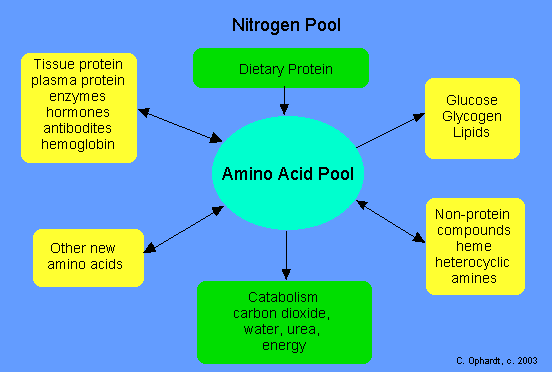
Conclusion
All vegetables are a complete protein source and vegetarian diets should provide more than adequate protein for an active, fit and healthy adult.
Research shows that the percentage of protein in vegetables exceeds minimum daily requirement, provided you ensure you eat enough. It has to be real food, of course, meaning whole food, not processed and refined, nutrient-poor foods. It’s that easy. Vegetarians, be assured that you do not need to refer to a chart of foods to combine at every meal. Research shows proteins don’t even need to be combined daily let alone at each meal… so long as adequate levels of whole vegetable food is eaten there will be enough in the amino acid pool over several days to meet the body’s requirements. A vegetarian or vegan diet of whole foods cannot be deficient in protein unless a person eats nothing but cornflakes and candy every day. Ok, that’s a silly example in order to make a point but seriously, it is only extreme diets that are likely to not hit the protein quota. Take fruit for example. Even fruit contains all 9 amino acids, but it gets only about 5 to 10 percent of its calories from protein. A fruitarian…who eats only fruit… could be at risk of not consuming enough protein. They would have to eat the equivalent of over 50 apples a day.Vegetarians should be healthier in general and potentially avoid the worlds biggest health problem, metabolic disease. A healthy, plant-based diet requires planning, reading labels, and discipline. The recommendations for people who want to follow a plant-based diet may include eating a variety of fruits and vegetables that may include beans, legumes, seeds, nuts, and whole grains and avoiding or limiting animal products, added fats, oils, and refined, processed carbohydrates. (6)
The major benefits for people who decide to start a plant-based diet are the possibility of reducing the number of medications they take to treat a variety of chronic conditions, lower body weight, decreased risk of cancer, and a reduction in their risk of death from ischemic heart disease. (6)
I am 90% Vegetarian, not vegan and I do not write this to defend anyone’s personal diet choice. I am passionate about passing on factual dietary recommendations for everybody, including those who choose a plant-based diet. Just remember to eat a balanced diet of whole foods. Protein combining? …Forget it! Brett Elliott ® Get your vegetarian diet plan started today with The Ultimate Herbal DETOX program